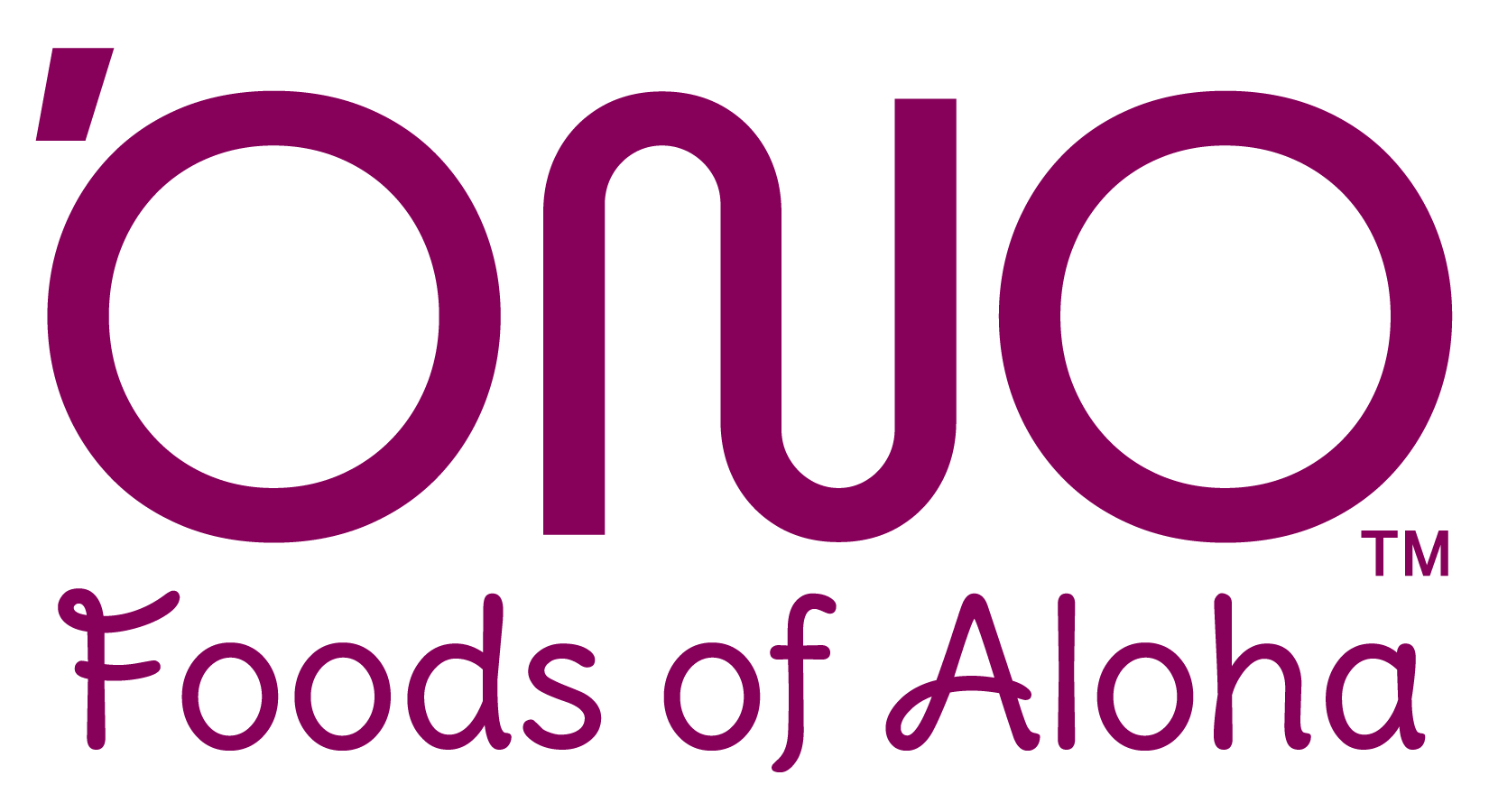Logline & Synopsis

LOGLINE (Short Version): “ʻOno” means delicious in Hawaiian – but as beloved local eateries close and chain restaurants take their place – “Oh no!” is there hope for Hawaiʻi’s food future? Join a quest to explore the islands’ most iconic dishes to chart a course to the future paradise.
LOGLINE (Long Version): “ʻOno” means delicious in Hawaiian — but as beloved local eateries close and chain restaurants take their place, Hawaiʻi stands at a cultural and economic crossroads. The growing threat sparks a new sentiment of, “Oh no!” Is there hope for Hawaiʻi’s food future? Join a quest – part food encyclopedia, part storytelling adventure – that explores the origins and stories behind the islands’ most iconic dishes – to chart a course to a positive future for Hawaiʻiʻs food paradise.
Full Synopsis
NOTE: This Synopsis contains spoilers.
INTRO: ALOHA ON A PLATE
We open to a golden sunrise. A slow aerial sweep over the ocean glides toward Waikīkī Beach, light dancing on the waves. The islands begin to stir.
Then a burst of color and movement as a dawn-to-dusk, rapid-fire montage introduces iconic foods of Hawaiʻi. Breakfast sizzles to life: sausage, Spam, fresh fish, eggs over rice. Musubi is wrapped with care. Manapua is torn open, steaming. Sugar-dusted malasadas hit the box, warm from the fryer. Cut to lunch: bentos and plate lunches stacked high — katsu, kalbi, loco moco, teri beef. Fast, hearty, and full of flavor. The afternoon fades into sweetness: rainbow shave ice melts into sticky fingers. Mochi ice cream cracks with a bite. Local bakeries offer soft rolls, butter mochi, and guava cakes under glass counters. As the sun sinks low, it’s pau hana — time to relax. Appetizers are passed around: poke, pipikaula, crispy squid. Tiki drinks glow in the warm twilight — blue, orange, and neon pink, crowned with umbrellas and fresh flowers. Then comes the feast: the lūʻau. Kālua pig pulled from an earthen imu. Laulau unwrapped in a cloud of steam. Lomi-lomi salmon is chilled and bright. Pasteles, haupia, chicken long rice — a celebration of cultures, flavors, and island soul. Each scene unfolds in natural Hawaiian settings—beaches, backyard gatherings, roadside stands—wrapped in sunlight, laughter, and the Aloha Spirit.
Closing shot: a pair of chopsticks rises into frame, lifting noodles toward the lens. The word ʻONO fades in over the image with elongated descenders from the “N” trailing like the noodles themselves. As the descenders retract upward, the hero position of “ʻONO” becomes clear while the tagline “Foods of Aloha” emerges to reveal the full title, “ʻONO, Foods of Aloha.”
ACT 1: OH-NO! DA CHAINS!
The scene opens with Shaka Steve (from Shaka, A Story of Aloha) interviewing a Hawaiʻi travel industry expert who reflects on the alarming disappearance of iconic local eateries, replaced by generic mainland chains. Mid-commentary, the film’s graphic “ʻONO” morphs into a sharp, ironic twist: “OH-NO!”
The expert emphasizes that regional cuisine isn’t just food — it’s a vital cultural touchpoint for visitors. Its erosion threatens not only Hawaiʻi’s identity, but the foundation of its travel economy. The stakes are raised as other voices join in: a state senator outlines the broader economic risks, while second- and third-generation restaurant owners explain why they’re closing their doors. The reasons are stark — unsustainable hours, razor-thin margins, and a vanishing labor force.
The scene culminates in heartfelt testimonials from both locals and tourists. They mourn the loss of these culinary landmarks – not just as places to eat, but as essential gathering spaces, cultural cornerstones, and vessels of memory. While Hawaiʻi lose itʻs food freedom and become en-shacked by “da chains?” The message is clear: this isn’t just about food. It’s about what happens when a community loses the places that feed its soul.
ACT 2: A TAPESTRY OF TASTE
A Hawaiian cultural expert begins a sweeping journey to trace the deep and diverse roots of Hawaiʻi’s food culture – beginning with the early Polynesians who first settled the islands. As European explorers and missionaries arrive, followed by waves of immigrant plantation workers from China, Mexico, Japan, Okinawa, Puerto Rico, the Philippines, Korea, and beyond, Hawaiʻi becomes a melting pot of ingredients, techniques, and traditions.
Using recurring visual elements – Timelines, World Immigration Paths, Ingredient Migration Maps, and Recipe Evolution Graphics – the film constructs a vibrant, living tapestry of cultures colliding. Viewers watch as global ingredients arrive and hybrid recipes are born. Every dish becomes a thread in the larger narrative of identity, adaptation, and innovation.
From the raw fish and limu of Indigenous diets to the birth of the modern poke bowl—soy sauce from Japan, sesame oil from Korea, rice from China—the evolution of flavor tells the story of a people. Tiki drinks, lūʻau fair, and the gourmet reinventions of Hawaiʻi Regional Cuisine all find their place on this historical table.
The journey also shines a spotlight on local ingredients across all food groups – from fruits and vegetables like sugarcane, pineapple, lilikoi, mango, coffee, cacao, and macadamia nuts; to starches like taro, coconut, breadfruit, and rice; to proteins like fresh fish, pork, poultry, cattle, deer and shrimp.
Interwoven with the visuals are warm, nostalgic interviews with multigenerational food families, sharing hands-on demos and heartfelt stories of how everyday dishes became beloved “local food” staples through generations of cultural fusion.
ACT 3: A RENAISSANCE OF “RIGHT ON!”
The final act opens in a layout session with the designers of the Origins Map, now repurposing its vibrant icons into modern shopping bag designs. Their work transitions seamlessly into a dynamic, computer-animated version of the Map – illustrating the global journey of ingredients and culinary traditions from points of origin to Hawaiʻi.
The scene expands into an energetic montage that spotlights a new wave of “‘ʻOno” creations: poke bowls, sizzling Kahuku shrimp plates, and national restaurant chains offering local-style breakfasts and island-inspired flavors, all offerings that remain true to their roots while adapting to contemporary tastes and economic realities. All products are not only beautifully but also rooted in historical accuracy – marking the beginning of a hopeful and flavorful new chapter. Here, tradition meets innovation, sparking a food renaissance that celebrates Hawaiʻi’s rich legacy while looking toward the future. It’s a delicious evolution – Hawaiʻi food, reimagined.
OUTRO: ʻONO & ALOHA
The story crescendos with a joyful montage celebration of locals and visitors savoring Hawaiʻi’s food at family tables, beach picnics, backyard parties, community festivals, farmer’s markets, hole-in-the-wall eateries, bars, and night markets showcase how food remains a living, breathing part of island life. The montage also includes glimpses of Hawaiʻi-made food products ready to ship across the globe – quietly signaling a new era of culinary exports.
Over the montage, Shaka Steve narrates, “Food is more than sustenance, more than mere business, more than trend. It’s a language – itʻs a way to understand the world around us. Here in Hawaiʻi, our food reflects our roots, our resilience, and our respect. It holds a special kind of love and a shared identity. Today, it’s more important than ever to honor our past – to keep Aloha alive in every dish, every bite, every gathering. Because in Hawaiʻi, food isn’t just ʻOno. It’s our lives, itʻs our home, itʻs Aloha.”
Montage finale: the montage accelerates into a rapid-fire collage of faces, moments and foods: farmers harvesting, chefs plating, families gathering, kids laughing, visitors tasting, elders teaching, entrepreneurs packaging… to a noodle and chopsticks dish…
Smash cut to: “ʻONO, Foods of Aloha” – bold, proud, centered.
FADE TO BLACK.
CREDITS ROLL.
# # #

ʻONO, Foods of Aloha is part of the nonprofit Project Shaka film trilogy on the Spirit of Aloha.
SUPPORT
Get End Credits! See Use of Funds »
Donations 100% Tax Deductible.
Venmo, PayPal, CC/Debit or Check:
DONATE
Donations are tax deductible. Donate by Venmo, the credit card form below or manual check. Credit card donors will receive a tax deduction letter. Please consult a financial advisor for tax advice. Make checks payable to "ID8" and mail to 1012 18th Ave. Honolulu, HI, 96816 or by credit card:
CORP. SPONSORS
Sponsorships are tax deductible. Sponsors will receive a tax deduction letter. Please consult a financial advisor for tax advice. Donate by check payable to "ID8" and mail to 1012 18th Ave. Honolulu, HI, 96816 or by credit card:
- $400K Fundraising Goal 1%